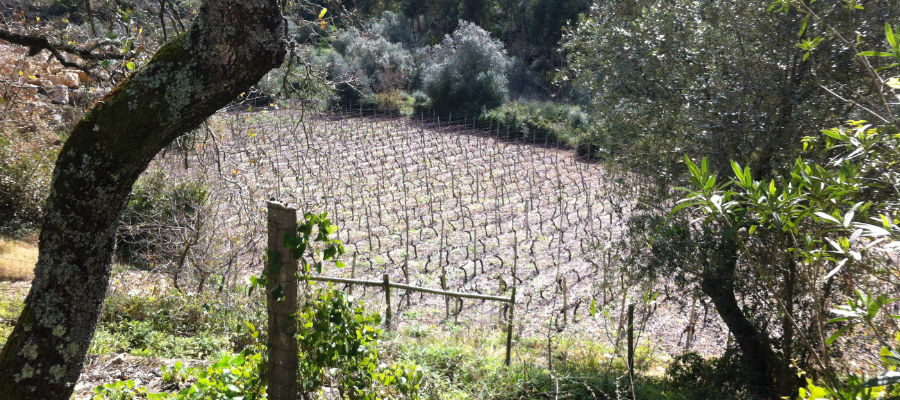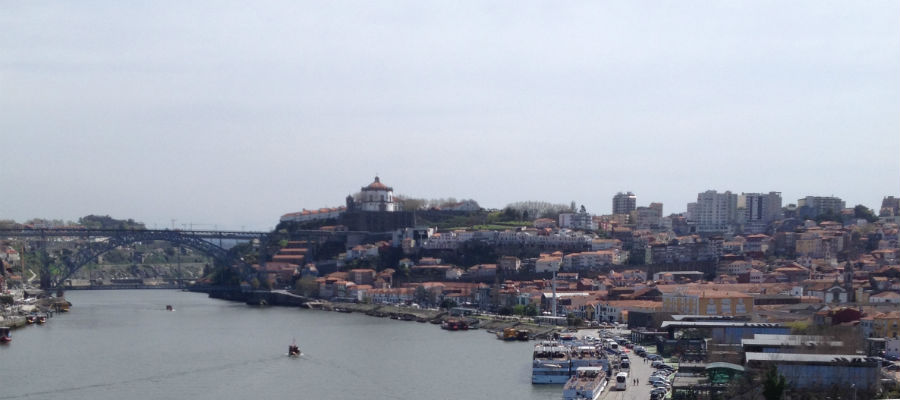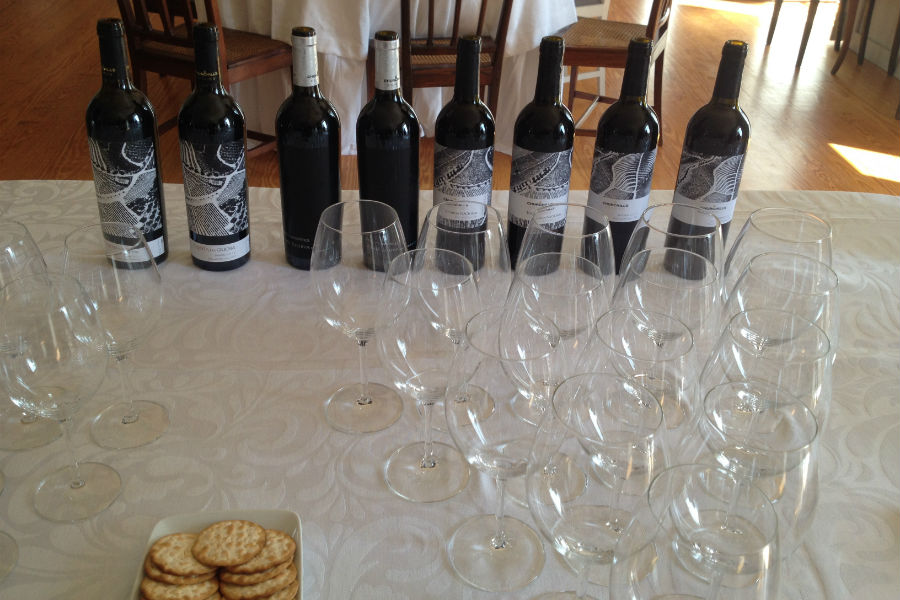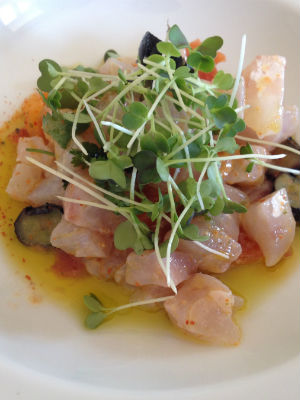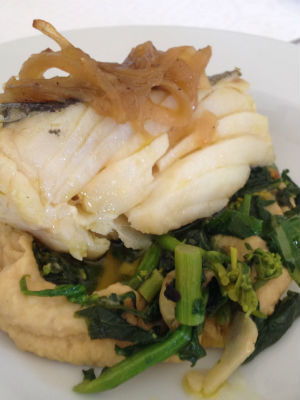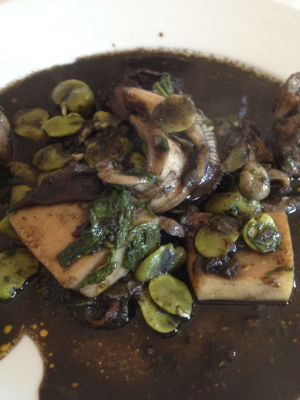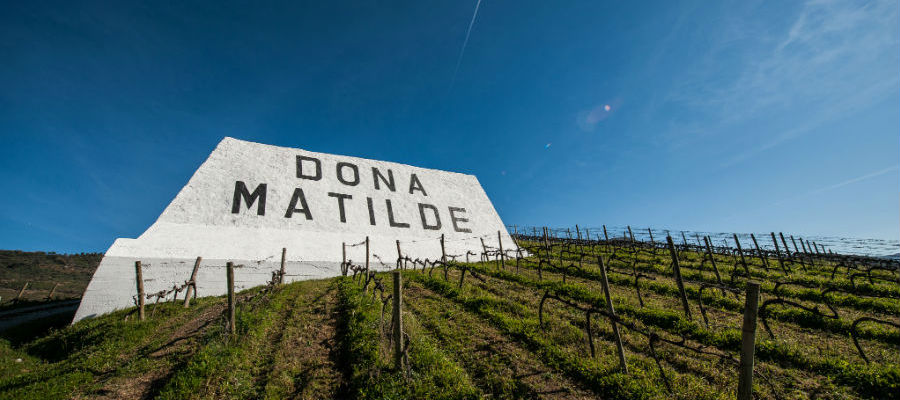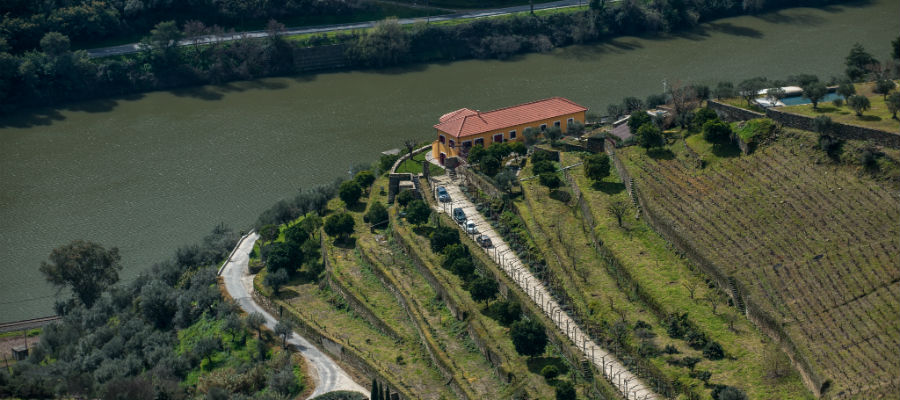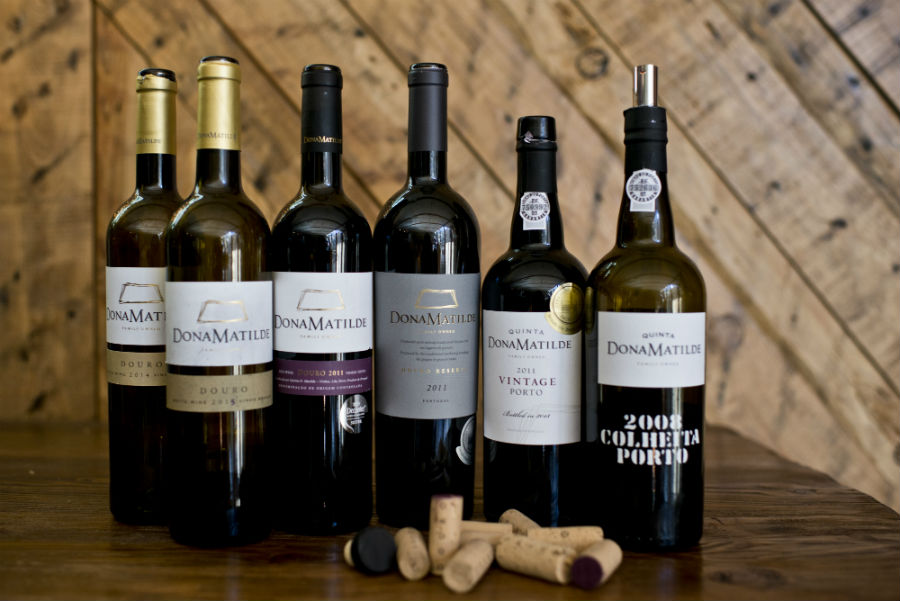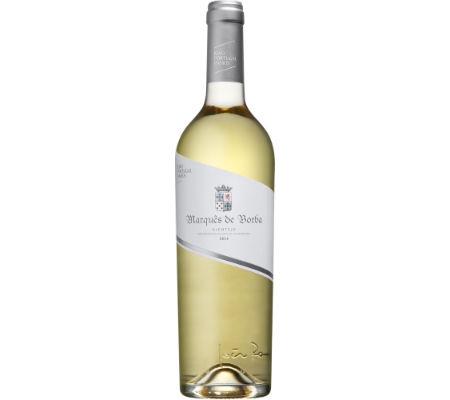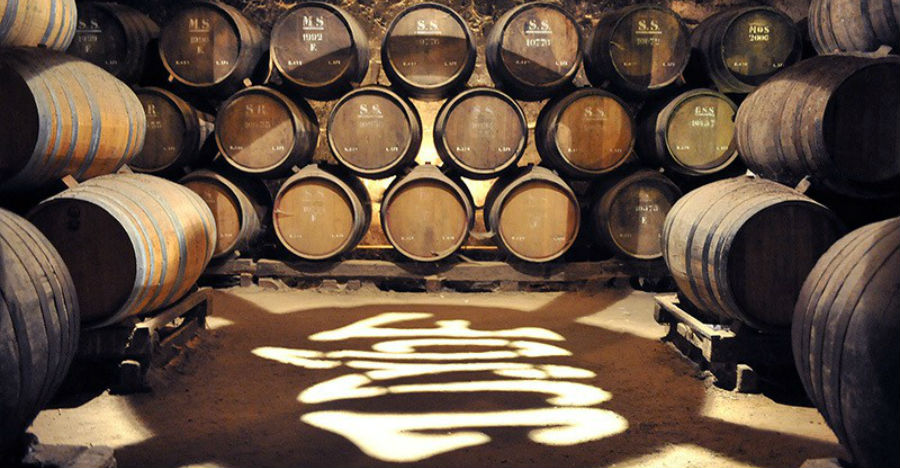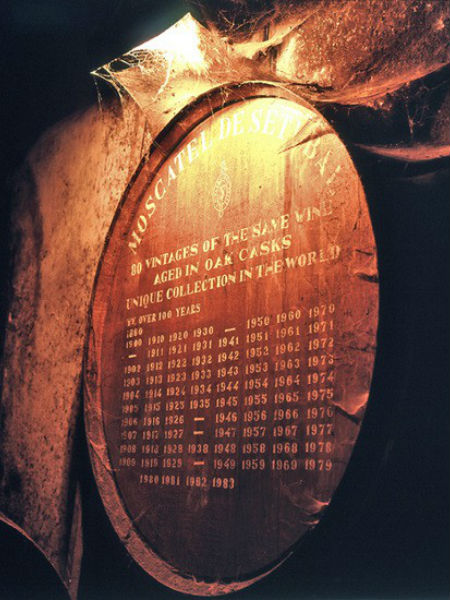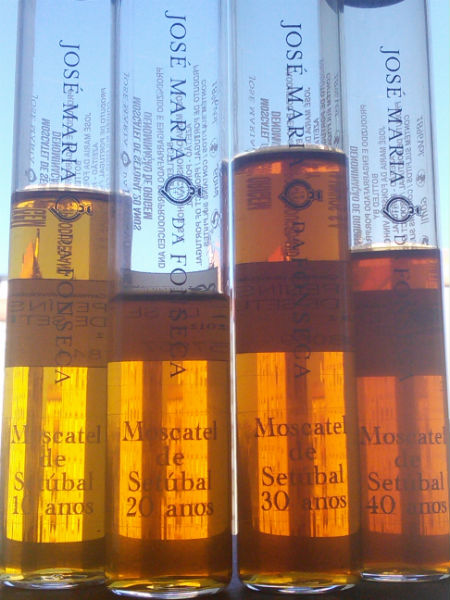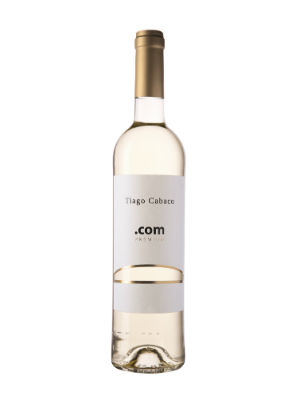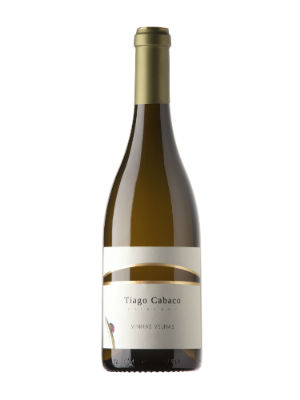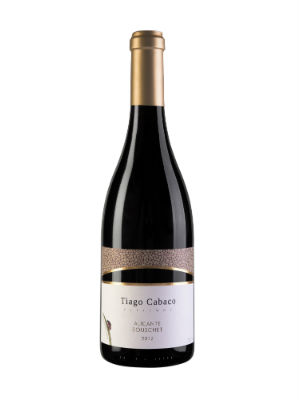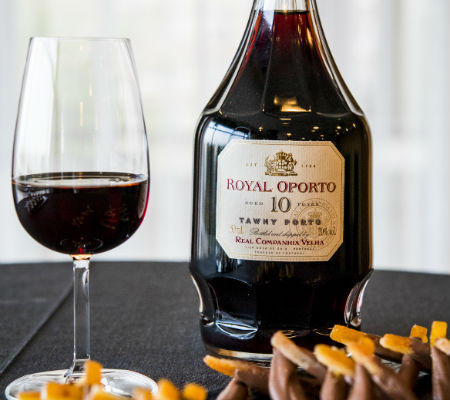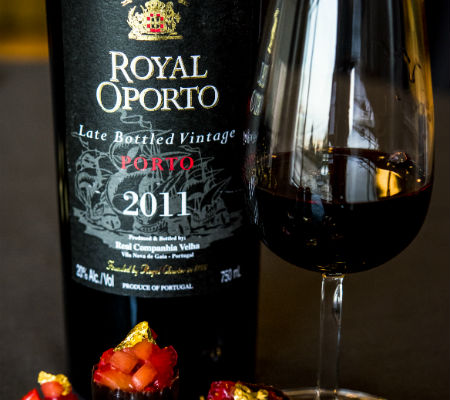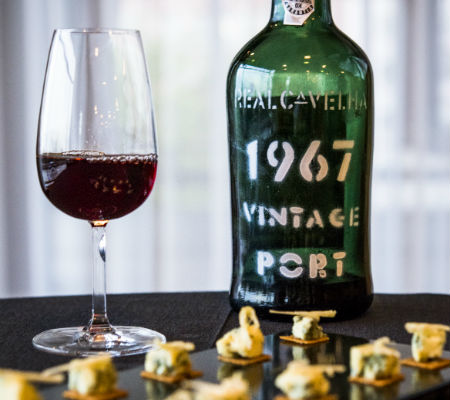Lua Cheia em Vinhas Velhas in the Douro
Text João Pedro de Carvalho | Translation Bruno Ferreira
In a market where supply is increasingly getting higher and the quality is a common ground for the wines of Portugal, it’s becoming increasingly complicated to keep up pace with all the producers, brands or projects. That’s why there’s no reason to be surprised when we see novelties at every corner, every shelf or glass served by friends. There is so much to know and to be known that it is impossible to get to everywhere or attain such a comprehensive knowledge to say with a solid ground, I know everything. In my case I write about this project whose name I had only heard of, and even though I had already read about it I still hadn’t had the opportunity to have their wines in my glass.

Quinta do Bronze in facebook.com/LuaCheiaEmVinhasVelhas
I look at the world of wine as one looks at the starry sky, it is impossible to know or count all the stars in the sky, with wine is the same. In this case the project has a curious name but also able to captivate attention, hits our ear when we hear Lua Cheia em Vinhas Velhas (Full Moon in Old Vines). The project, holding the same name, follows the passionate connection that the three founders – João Silva e Sousa, Francisco Baptista e Manuel Dias – maintain with the Douro for more than two decades now. After being surprised for so many years by this unique wine-growing region, in 2009 came the time for them to show their vision on Douro wines. They went from buying the grapes to having their own vineyard, about 10 hectares of vineyards with the purchase of Quinta do Bronze in Vale Mendiz. Although they have already expanded to other regions it’s here in the Douro that we will focus, as well as on the new vintages that have just hit the market. Interestingly, only the red Reserva Especial and the white Reserva were subjected to wood, all the other wines only met stainless steel’s cold. Something that has to be highlighted is the excellent price/quality of all wines tasted.
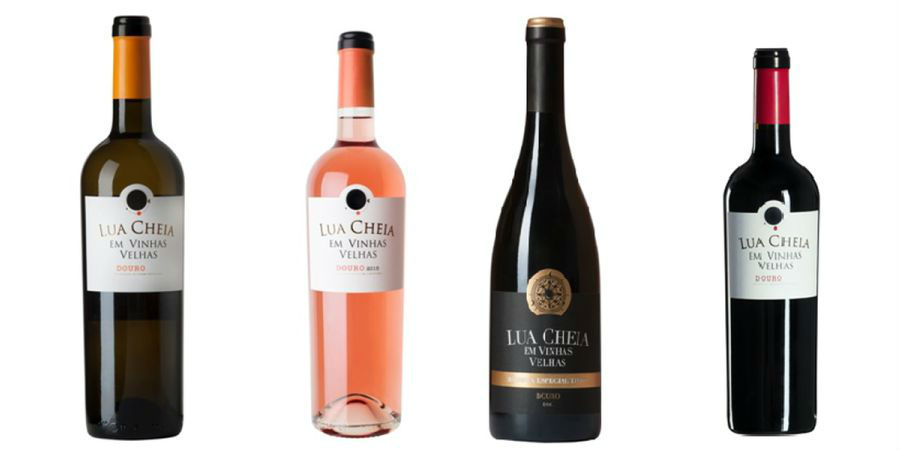
The Wines in facebook.com/LuaCheiaEmVinhasVelhas
Lua Cheia em Vinhas Velhas white 2015: Made from old vines, very fragrant and fresh, with notes of orchard fruits and flowers, mineral background in a very harmonious set.
Lua Cheia em Vinhas Velhas Rosé 2015: Good aromatic intensity showing a rosé wine centered on fresh and ripe fruit (strawberry, raspberry). It is complemented by a really discreet floral and some spices in a young and balanced set.
Lua Cheia em Vinhas Velhas red 2014: A red wine that breaths Douro, fresh and nicely scented with the juicy and sweet tooth fruit standing out in the foreground. A slight vegetal aroma invoking the rockrose as its usual in the reds of the region. Medium body with tannins giving a good ending dryness in a wine that like the others shows a very gastronomic profile.
Lua Cheia em Vinhas Velhas Reserva Especial 2014: Was entitled to 12 months in French oak barrels. Great set harmony with the fruit (blackcurrant, strawberry, raspberry) emerging, well ripen and fresh, showing good complexity with floral notes, light cocoa, very elegantly. Captivating and very tasty, it’s one of those wines that is hard not to like of.
Contacts
WINES & WINEMAKERS BY SAVEN
Portugal
Tel: (+351) 234 329 530
Fax: (+351) 234 329 531
E-mail: saven@saven.pt
Website: www.winesandwinemakers.pt





